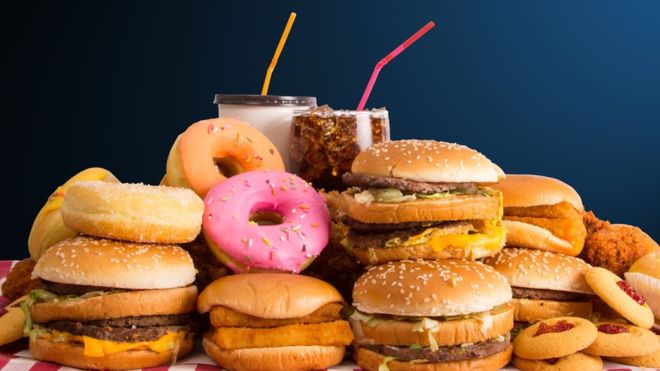
How Behavioral Economics Can Produce Better Health Care
Consider the following.
I’m a physician at the end of more than a decade of training. I’ve dissected cadavers in anatomy lab. I’ve pored over tomes on the physiology of disease. I’ve treated thousands of patients with ailments as varied as hemorrhoids and cancer.
And yet the way I care for patients often has less to do with the medical science I’ve spent my career absorbing than with habits, environmental cues and other subtle nudges that I think little about. read more »




